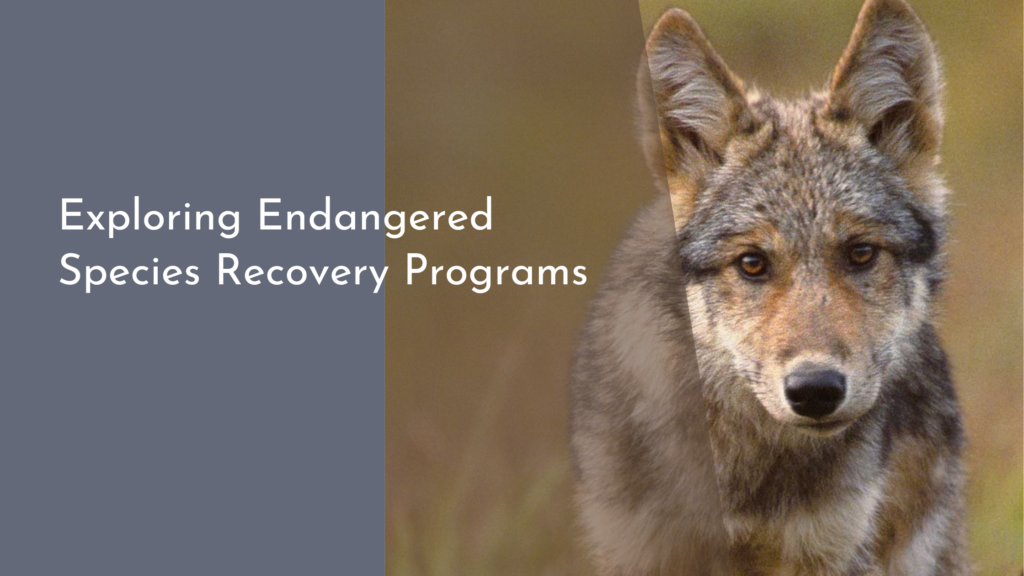How to Grow Herbs That Double as Wildlife Shelter
Growing herbs isn’t just a way to enhance your culinary creations; it can also provide a welcoming sanctuary for local wildlife. By selecting the right herbs and cultivating them with care, you can create a rich habitat that supports beneficial insects, birds, and other small creatures. This article will guide you through the steps to establish a herb garden that serves as a dual-purpose oasis: a source of fresh flavors for your kitchen and a haven for wildlife.
Discover the Benefits of Herbs for Wildlife Shelter
Herbs are not only delightful additions to your meals, but they also offer numerous advantages for wildlife. Many herbs produce flowers that provide nectar and pollen, essential food sources for pollinators such as bees and butterflies. Additionally, the foliage of these plants can serve as refuge for small insects, providing a safe environment for them to thrive. With vibrant colors and enticing scents, an herb garden acts as a beacon for wildlife, encouraging a diverse range of species to visit and take up residence.
Moreover, cultivating herbs also contributes to a balanced ecosystem in your garden. The presence of diverse plants creates a natural habitat that can help control pest populations, reducing the need for chemical pesticides. Beneficial insects, such as ladybugs and predatory wasps, are more likely to be attracted to a garden filled with herbs, creating a healthy environment for plants and animals alike. By growing herbs, you’re not just enhancing your meals; you’re also playing a vital role in supporting local wildlife.
Choosing the Right Herbs for Your Garden Wildlife
When selecting herbs for your wildlife-friendly garden, aim for a variety that attracts different species. Some excellent choices include lavender, rosemary, and thyme, all of which produce fragrant flowers that lure pollinators. Additionally, herbs like fennel and dill are known to attract beneficial insects such as parasitic wasps and ladybugs. By incorporating a range of herbs, you can create a vibrant, multi-layered ecosystem that caters to various wildlife needs.
It’s also beneficial to consider native herbs, as they are adapted to your local environment and are more likely to thrive. Native plants often provide better habitat and food resources for local wildlife. Examples include wild mint, bee balm, and various species of sage. By focusing on native herbs, you not only create a sustainable garden but also support the indigenous wildlife that relies on these plants for survival.
Tips for Creating a Cozy Habitat with Your Herbs
Creating a cozy habitat within your herb garden can be as simple as ensuring a mix of plant heights, textures, and colors. Layering plants helps provide shelter and nesting spots for various creatures. Taller herbs like dill or fennel can provide a shaded area for smaller plants, while also giving insects a place to hide from predators. Make sure to leave some areas untrimmed or wild, as this encourages a natural setting that wildlife will appreciate.
Water sources are essential for any wildlife habitat. Consider adding a small birdbath or a shallow dish filled with pebbles and water to offer a safe drinking spot for birds and insects. Mulching around your herbs can help retain moisture and provide additional hiding places for ground-dwelling creatures. By incorporating these elements into your herb garden, you can create a nurturing environment that encourages wildlife to make your garden their home.
Enjoying Your Herb Garden: A Wildlife-Friendly Oasis!
Once your herb garden begins to flourish, you’ll have the pleasure of enjoying fresh herbs while also observing the lively wildlife it attracts. Spend some time outdoors, sipping tea or enjoying a meal al fresco, and take in the sights and sounds of your vibrant ecosystem. Keep an eye out for butterflies flitting from flower to flower or bees busily pollinating, reminding you that your efforts are making a difference.
Engaging with your herb garden can also spark curiosity and creativity. Consider keeping a journal to note the different wildlife you encounter or try your hand at photography to capture the beauty of your vibrant habitat. Share your experiences with friends and family, inspiring them to create their own wildlife-friendly gardens. By nurturing your herb garden, you’ll not only cultivate delicious flavors but also contribute to the health of your local ecosystem.
In conclusion, growing herbs that double as wildlife shelter is a rewarding endeavor that benefits both you and the environment. By selecting the right herbs, creating a cozy habitat, and enjoying the vibrancy of your garden, you can cultivate a delightful oasis that supports local wildlife. So grab your gardening gloves and get started on this joyful journey toward a sustainable and wildlife-friendly herb garden! Your taste buds and your feathered friends will thank you.

